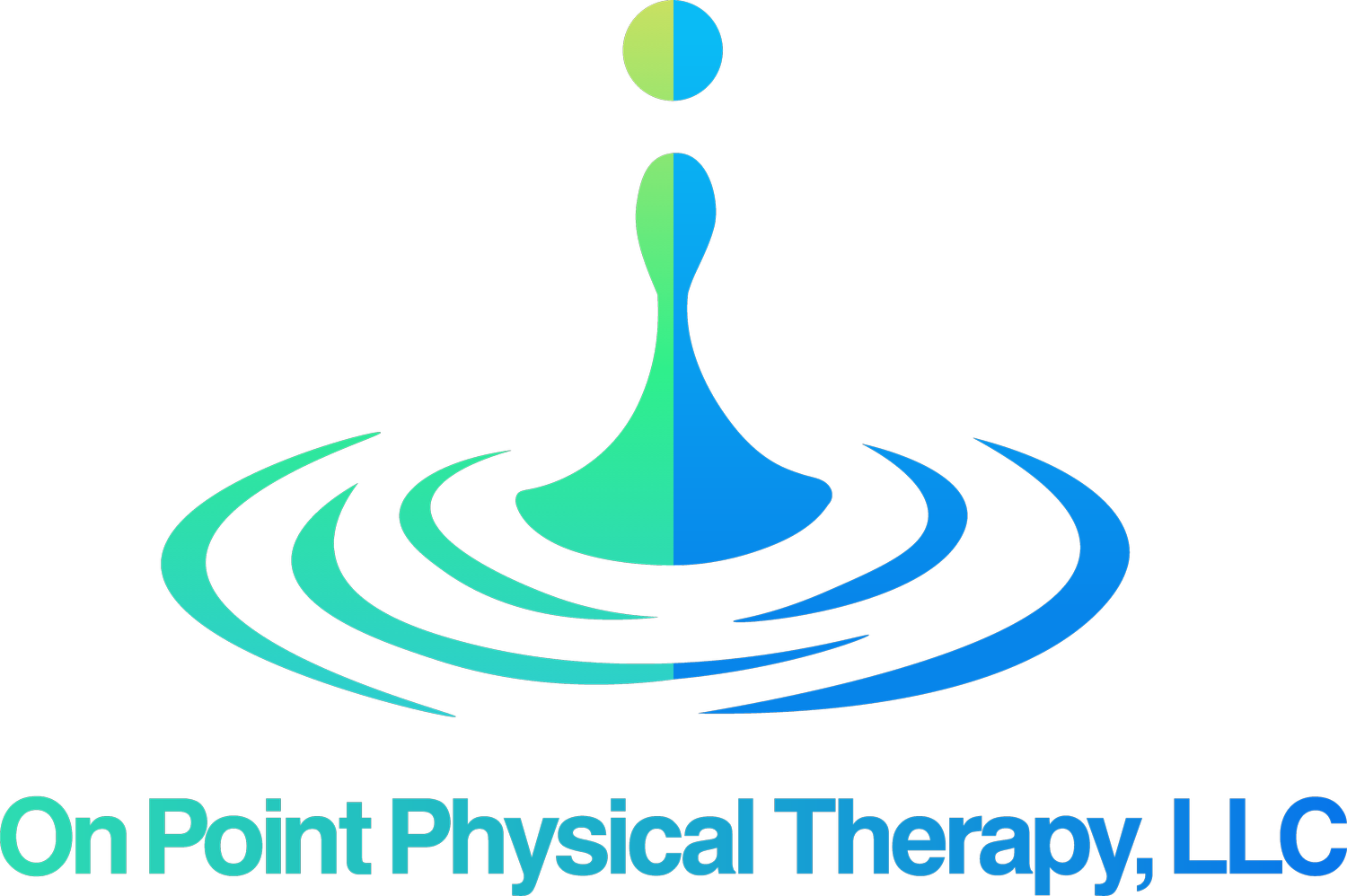Exploring Fascial Counterstrain in Physical Therapy
In the realm of physical therapy, where innovation and holistic healing techniques are constantly sought after, one method has been gaining significant attention: Fascial Counterstrain. This innovative approach to physical therapy is reshaping the way we perceive pain relief, rehabilitation, and overall wellness.
The Fascial System: A Crucial Player in Physical Well-Being
To understand the significance of Fascial Counterstrain, it's essential to delve into the fascial system itself. Fascia is a complex network of connective tissue that envelops and interconnects every structure within our bodies, from muscles and bones to organs and nerves. This intricate web of tissue plays a crucial role in maintaining structural integrity, providing support, and allowing for efficient movement.
When fascia becomes compromised due to trauma, injury, or stress, it can lead to pain, limited mobility, and a host of other discomforts. Traditional physical therapy methods often focus on addressing the symptoms directly, but Fascial Counterstrain takes a different approach—one that seeks to identify and treat the root cause of the issue.
The Essence of Fascial Counterstrain
At its core, Fascial Counterstrain aims to release tension and strain within the fascial system by gently guiding the body into positions that encourage relaxation. Unlike traditional methods that might involve forceful stretching or manipulation, Fascial Counterstrain focuses on creating a comfortable environment where the body can naturally unwind.
During a Fascial Counterstrain session, a skilled therapist identifies tender points within the fascial system. These tender points are indicators of underlying dysfunction or strain. The therapist then carefully positions the body in ways that reduce tension in these areas, allowing the fascia to reset and restore its optimal function.
Benefits Beyond Pain Relief
While pain relief is a primary goal of Fascial Counterstrain, its benefits extend far beyond that. By addressing fascial restrictions and imbalances, this approach promotes improved circulation, enhanced mobility, and a greater sense of overall well-being. Many individuals who have undergone Fascial Counterstrain report not only a reduction in pain but also a newfound sense of ease and comfort in their bodies.
Furthermore, Fascial Counterstrain can complement and enhance other forms of physical therapy and wellness practices. By restoring proper fascial function, individuals may experience better outcomes from exercises, stretching, and other therapeutic interventions.
A Path Towards Holistic Healing
Fascial Counterstrain represents a shift towards a more holistic and comprehensive approach to physical therapy. It acknowledges the intricate connections within the body and emphasizes the importance of addressing underlying causes rather than merely treating symptoms.
As the field of physical therapy continues to evolve, Fascial Counterstrain emerges as a beacon of promise and innovation. Its gentle yet powerful techniques are revolutionizing the way we approach pain relief, rehabilitation, and the pursuit of optimal physical well-being.
In conclusion, Fascial Counterstrain is more than a technique—it's a philosophy that embraces the body's innate ability to heal and restore balance. Through its unique approach to addressing fascial imbalances, it offers a new dimension of hope for individuals seeking transformative results in their physical therapy journey.
